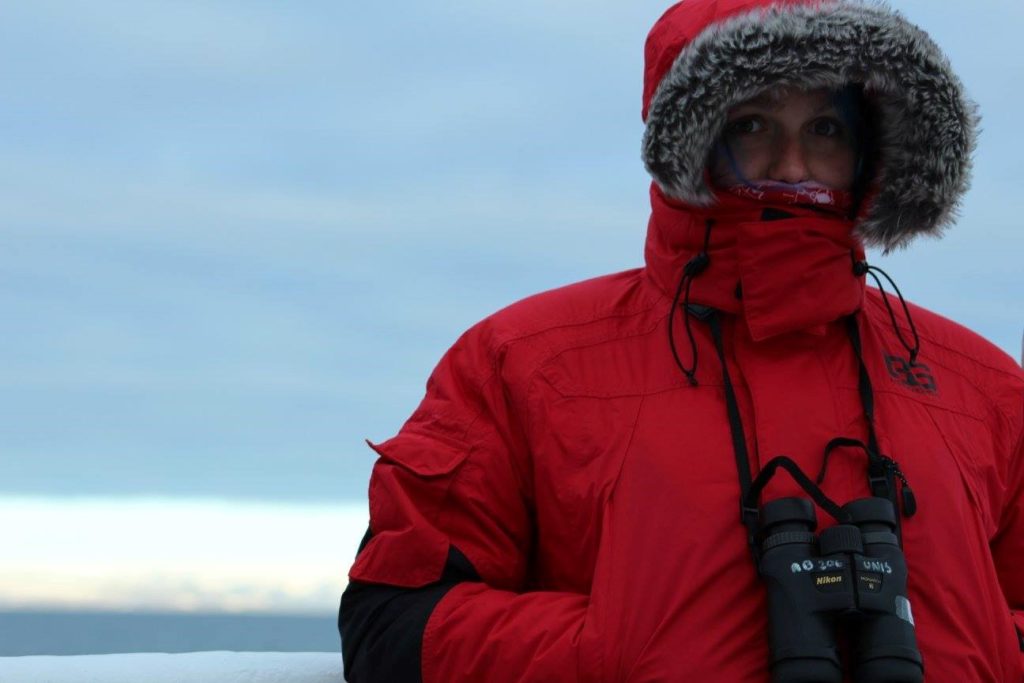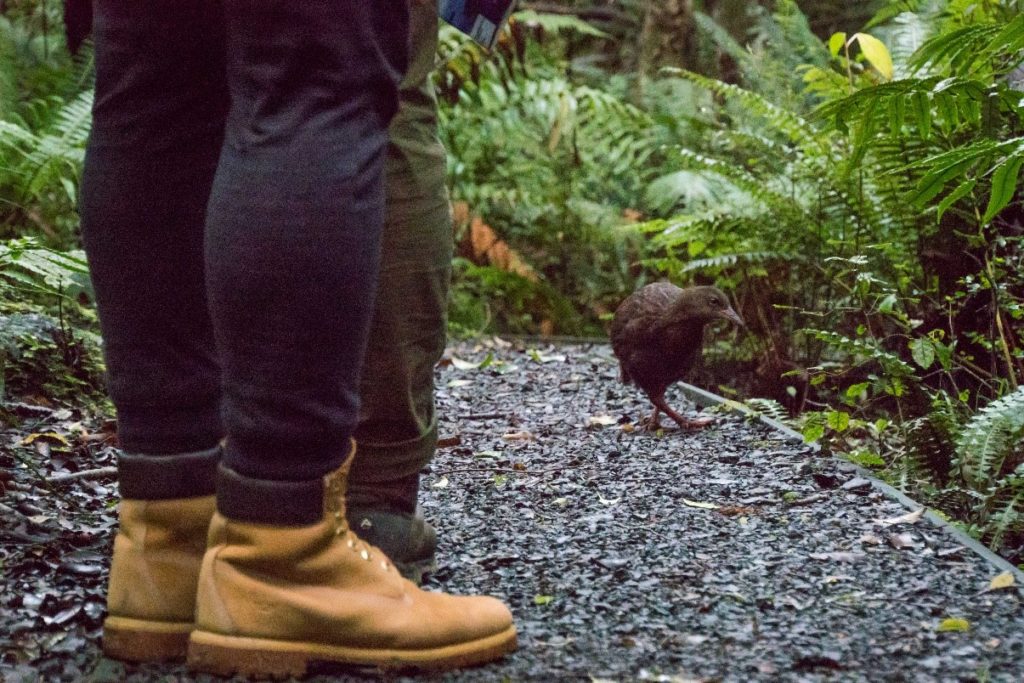My name is Lucy and I started at the University of Aberdeen in October 2019 as one of the first year QUADRAT students. My PhD focuses on plague vectors in Madagascar (mostly 2 species of flea and rats). I’m planning on using a combination of landscape genetics, landscape scale modelling and ecology-based analysis to hopefully inform disease reduction strategies in the Malagasy Highlands.
Before coming to the University of Aberdeen, I worked and lived in a variety of places around the UK and abroad. Although my PhD is in terrestrial biology, I actually did an integrated master’s degree in Marine Biology at the University of Southampton (similar to doing a BSc immediately followed by a master’s, but you only graduate once). During my final BSc year, I participated in the Erasmus program and studied in Svalbard, Norway for a few months. While there I had an awesome introduction to terrestrial ecology and had my first brief foray into the wonderful world of parasitology. I also got to see a baby polar bear having a swim, which was one of the cutest things I’ve ever seen! After coming back to the UK, I wrote my undergraduate thesis on molecular biology, using CARD-FISH to study marine bacteria collection methodology. I really enjoyed learning the molecular techniques and wanted to continue in that vein, so went on to join a lab group studying population genetics of purple topshells. During my master’s year I also did a module in environmental parasitology and was hooked; I put together all my interests and decided I wanted to work on parasites with some king of genetic component.

After finishing my degree, I started volunteering at the Natural History Museum in the Parasites and Vectors Division. I mainly looked after the many, many spirit and slide specimens that live in the Darwin centre. A lot of the samples are very old type-specimens, so they need to be refreshed every now and then; the oldest samples I worked with were from the late 1800s! I really liked getting to know more about all the different kinds of parasitic worms and occasionally I got to do fun things like identify a jar of (mostly not-whole) nematodes or introduce Eric, a giant tapeworm, to members of the public.
I then went to work for NatureMetrics as a lab technician, working on an eDNA project studying Great Crested Newts. But after working there for a while, I realised what I really wanted to do was my own research and started searching for possible PhDs. As a PhD is such a huge undertaking, I wanted to make sure I picked a project that I would love and had some very specific things I was looking for. I wanted to work on parasites, disease and population genetics, with hopefully an environmental slant. So, I was ecstatic when I found this project, and it even had an element of modelling which is something I’ve never done before but have been wanting to learn.
After getting the offer, I had a few months before I started so I went travelling to New Zealand for a while. My intent was to have a little break from science, but for me it seems that’s quite hard, so I found myself learning about native plant diseases and doing some Kauri tree surveys. (Kauri are beautiful, very old, tall native trees that grow in the north of New Zealand). I also did some pest control work, which was great preparation for my PhD and got to visit Ulva, one of the only rat-free islands in New Zealand and saw some awesome native birds!

I’m really happy to be a student again and love living in Aberdeen, surrounded by so much beautiful nature.





















































